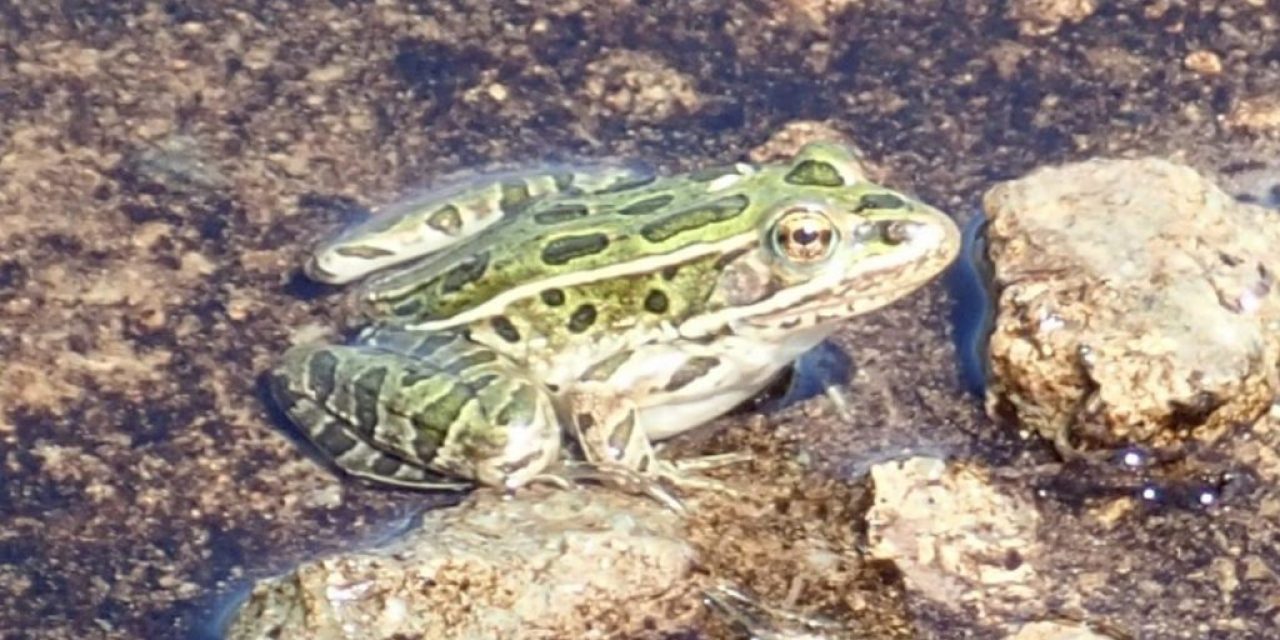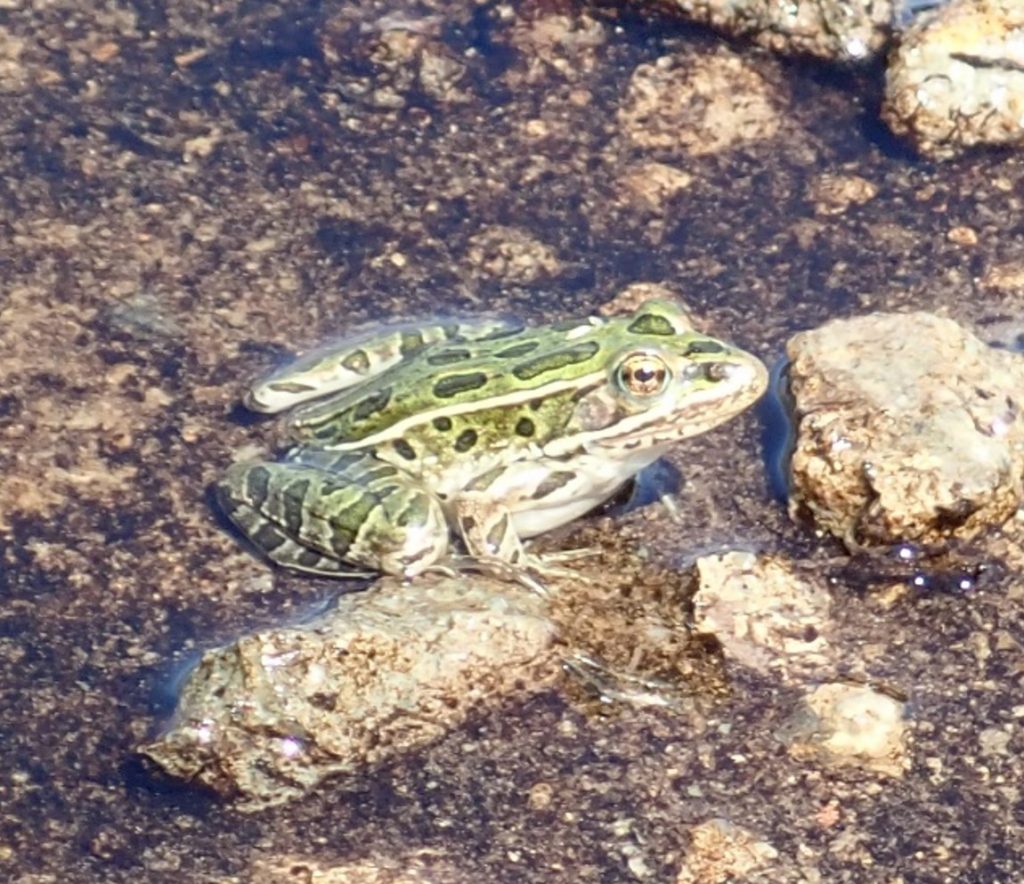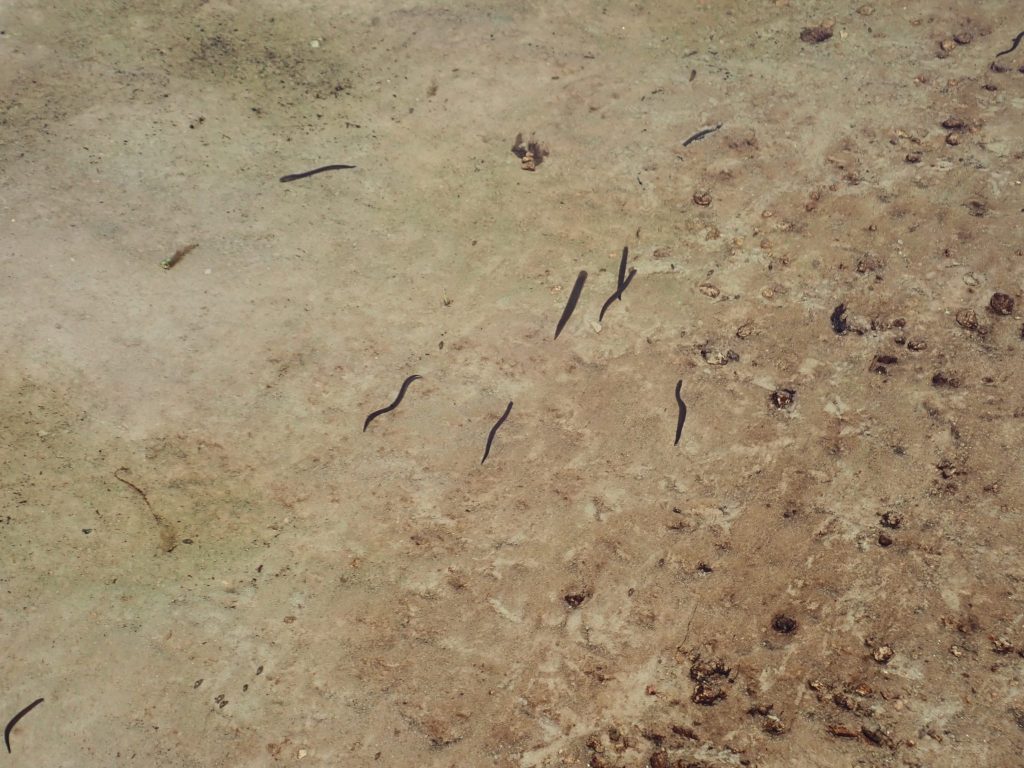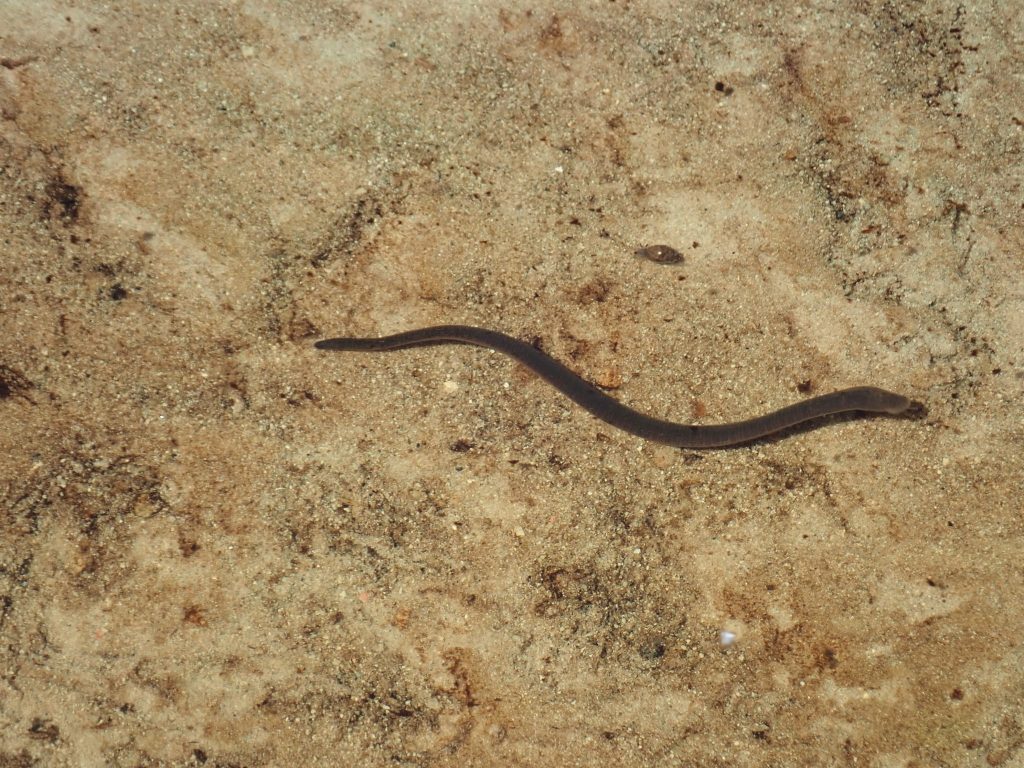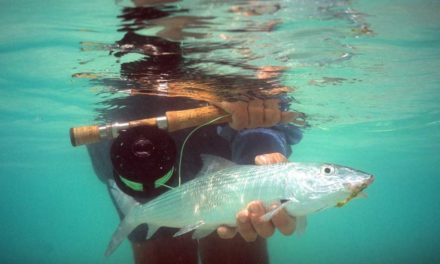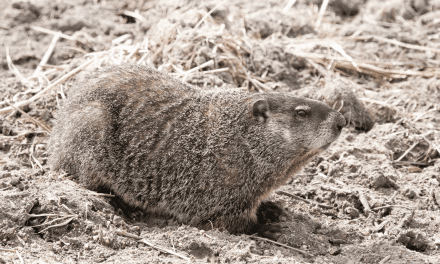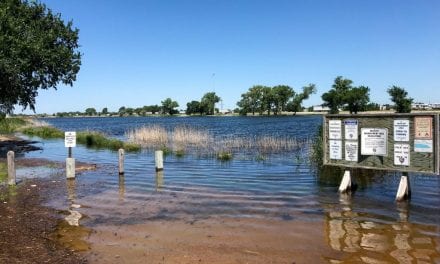Last week I wrote a blog about all of the high water and flooding we have seen in the state this year and the many impacts that will have on our aquatic resources and fish populations (Water, water everywhere). I am not going to re-hash that blog here, you can read it if you want to know the many negative, and positive benefits we will realize from all the water we have had this year.
No, in this blog post I want to give you an example.
Last month I was out in the beautiful Nebraska sandhills. There is water everywhere in the sandhills this summer, there is water in places where we have never seen water. Oh yes, that will create some difficulties and challenges, but I noticed first hand one of the positive benefits. . . .
I was driving through a meadow on the way to see how high the water was in one sandhill lake. In one spot there was a trickle of water across the trail. Driving through the few inches of water was no problem, it was not muddy, but as I did so the ground seemed to erupt. There were leopard frogs everywhere! That got me to thinking, with all the water and wet meadows throughout the sandhills this year, I bet the leopard frogs and other amphibians are loving life!
On my return trip I stopped at the little trickle of water to see if I could get a picture or two of the leopard frogs. Mission accomplished:
There were dozens of others that hopped into the wet grass before I could snap a photo.
That would be a northern leopard frog.
As I was stalking photogenic leopard frogs, I noticed some strands of algae waving in the slight current of water that was flowing across the trail. Initially, I did not think anything of it, just some species of algae in the water, but then my mind clicked, “That ain’t no algae”!
I took another look, and it was not algae, not at all. They were leeches, and like the frogs, they were abundant!
Here is a closer look:
I do not know enough about leeches to tell you what species those might have been. I know there are hundreds if not thousands of species of leeches, some of which live in freshwater in places like Nebraska. Different species of leeches can be specific to hosts to which they will attach and yes, suck blood.
I never wade wet in Nebraska’s sandhills (“wet” meaning without waders, just some wading boots or tenner shoes and wading right in). I will not do that because there was a fishing trip a long time ago when I over-topped my waders, got absolutely soaked, but we were catching fish and I just kept fishing. Come afternoon when I finally emerged from the water, I discovered small leeches attached to my ankles. When those small leeches were removed (no, I did not use a cigarette like they did in the movies) they left little holes where I was leaking blood!
So, I know there are at least some small leeches in Nebraska’s sandhills that will latch onto boy’s ankles and suck blood. I do not know if the leeches pictured above were of that blood-sucking variety or not, and I did not roll up my pant legs, take off my socks and wade in to find out.
Is there a point to my rambling stories other than you never know what you might find when bouncing along some sandhills trail with me?
No, not really, but I did find it interesting: Interesting to be reminded again about the incredible productivity of our sandhill wet meadows, wetlands and lakes! Productivity of things like leopard frogs and leeches that will move right up through the food chain to those beautiful bluegills, perch, crappies, bass, pike and other species of fish I love to pull from those holy waters! I anticipate there will be benefits from all the water we are seeing in the sandhills now; benefits that will be realized in the years to come.
It always pays to be observant. No, this discovery of frogs and leeches in a wet meadow did not pay off in a catch of big fish. . . .
Not this time.
But, knowing there is an abundance of leopard frogs this summer, and knowing that many of those frogs will head towards larger waterbodies, lakes, to spend the winter, it may pay to watch for larger frog migrations this fall. If I find those frog migrations as I expect, then I will take advantage of the big, hungry, predator fish that will be there waiting for them!
Yes, it is “the circle of life”, and yes, you can tap into it and catch more fish if you learn to see, sometimes hear, and even sometimes smell, what is around you. Even if it does not pay off in more and bigger fish, it will pay off in encounters with some really cool critters themselves!
The post Hopping and Squirming appeared first on Nebraskaland Magazine.

